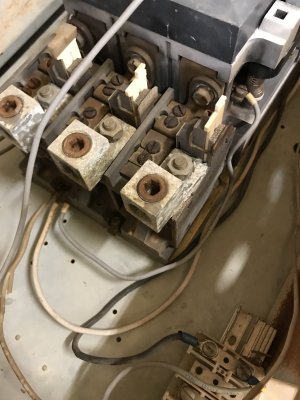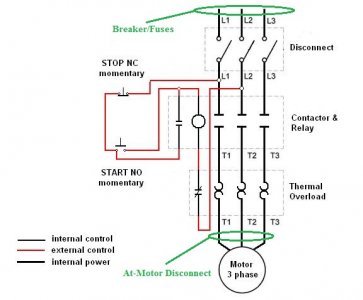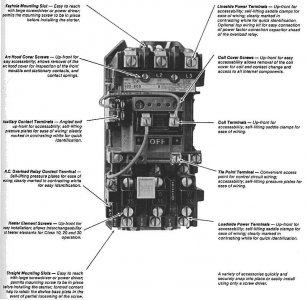Lisagrantb
Well-known member
- Joined
- Feb 10, 2020
- Messages
- 186
- Reaction score
- 117
I was given this starter and now I'm trying to figure out the wiring. I have everything figured except the overload circuit. The two terminals at the bottom of the heaters are labeled X and Y. They ohm open and I can't figure out how to trip the overload circuit to verify if there is a contact that operates. My question is how does the overload circuit work and what contact should I use to drop the contacter out of one phase draws to much current. Thanks





